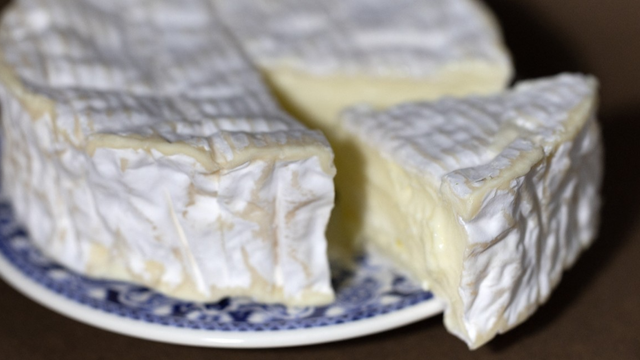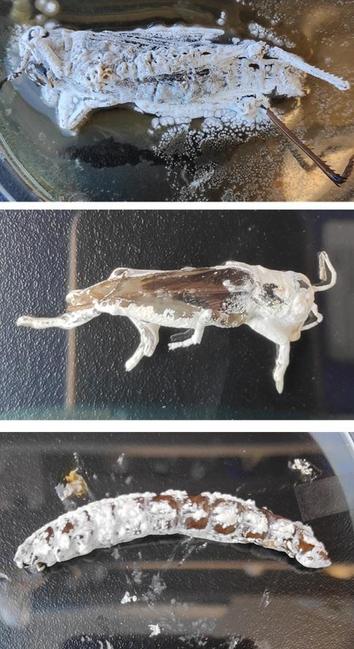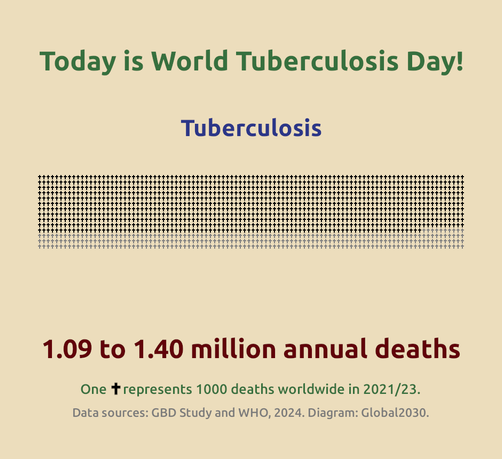Singapore orders recall of French soft cheese over possible Listeria risk
This photograph shows a camembert cheese in Quimper on Aug 13, 2025. More than 40 batches of cheese have been recalled due to suspected contamination with Listeria bacteria, which can b…
#dining #cooking #diet #food #Frenchcheese #bacterium #Cheese #francais #france #French #frenchcheese #Listeria #Singapore
https://www.diningandcooking.com/2231918/singapore-orders-recall-of-french-soft-cheese-over-possible-listeria-risk/
Currently, antibiotics are the only way to effectively treat #typhoid, which is caused by the #bacterium #Salmonella enterica serovar Typhi (S Typhi). Yet over the past three decades, the bacterium's resistance to oral antibiotics has been growing and spreading.
https://www.sciencealert.com/ancient-killer-is-rapidly-becoming-resistant-to-antibiotics-warns-study
Tiny Bombs in your Blood - The Complement System
Tiny Bombs in your Blood - The Complement System
On Earth there is no record of Niallia tiangongensis, a #bacterium found aboard the #Tiangong station that appears to be well adapted to conditions there.
It is unclear whether the newly discovered microbe evolved on the #space station or whether it is part of the vast sea of as yet unidentified microorganisms on Earth.
https://www.wired.com/story/bacteria-unknown-on-earth-appears-on-chinese-space-station/
https://archive.ph/t0sAB
Scientists have discovered a previously unknown #bacterium aboard #China's Tiangong space station. "It has been named Niallia tiangongensis, and it inhabited the cockpit controls on the station, living in microgravity conditions," Chinese astronauts collected swab samples from the space station in May 2023, which were then frozen and sent back to #Earth for study
https://www.microbiologyresearch.org/content/journal/ijsem/10.1099/ijsem.0.006693
Niallia tiangongensis sp. nov., isolated from the China Space Station
Understanding the characteristics of microbes during long-term space missions is essential for safeguarding the health of astronauts and maintaining the functionality of spacecraft. In this study, a Gram-positive, aerobic, spore-forming, rod-shaped strain JL1B1071T was isolated from the surface of hardware on the China Space Station. This strain belongs to the genus Niallia, with its closest relative being Niallia circulans ATCC 4513T. The genome of JL1B1071T is 5 166 230 bp in size, with a G+C content of 35.6 mol%. The average nucleotide identity and digital DNA–DNA hybridization values between JL1B1071T and N. circulans ATCC 4513T are 83.3 and 27.5%, respectively, both below the recommended thresholds for species delineation. The major cellular fatty acids were anteiso-C15:0 and iso-C15:0. The major quinone was menaquinone-7 (MK-7). Notably, strain JL1B1071T demonstrates a unique ability to hydrolyse gelatin, suggesting that it can utilize gelatin as a substrate in nutrient-limited environments. Genomic analysis of JL1B1071T revealed two conserved signature indels in the GAF domain-containing protein and DNA ligase D protein, which are specific to the genus Niallia. Additionally, structural and functional differences in proteins BshB1 and SplA were identified, which may enhance biofilm formation, oxidative stress response and radiation damage repair, thereby aiding its survival in the space environment. Based on phenotypic, physiological and chemotaxonomic characteristics, as well as genome annotation, strain JL1B1071T was considered a novel species within the genus Niallia and is proposed to be named Niallia tiangongensis sp. nov. The type strain is JL1B1071T (=GDMCC 1.4642=KCTC 43715).
New #Bacteria Have Been Discovered on a #Chinese Space Station
It is microscopic and rod-shaped, can create #spores, and may have evolved to #survive hundreds of miles above our planet’s surface.
This #bacterium, never before seen on Earth, was detected on #China's #Tiangong #space station. It has been named Niallia tiangongensis, and it inhabited the cockpit controls on the station, living in #microgravity conditions.
https://www.wired.com/story/bacteria-unknown-on-earth-appears-on-chinese-space-station/
Today is #WorldTuberculosisDay!
#TB caused 1⃣.0⃣9⃣ to 1⃣.4⃣0⃣ million people to die in 2021/2023 (#WHO, #GBDstudy).
This included 115,000 people who perished from #resistant strains of the #bacterium.
#GlobalHealth #GlobalGoals #SDGs #2030Agenda #UN #SDG3 #EndTuberculosis #EndTB #StopTB #tuberculosis #WorldTBday
Sources:
https://www.who.int/teams/global-programme-on-tuberculosis-and-lung-health/tb-reports/global-tuberculosis-report-2024/tb-disease-burden/1-2-tb-mortality
https://www.healthdata.org/research-analysis/diseases-injuries-risks/factsheets/2021-tuberculosis-level-3-disease
https://cdn.who.int/media/docs/default-source/gho-documents/global-health-estimates/ghe2021_deaths_wbincome_new.xlsx




 🏴☠️
🏴☠️ 

